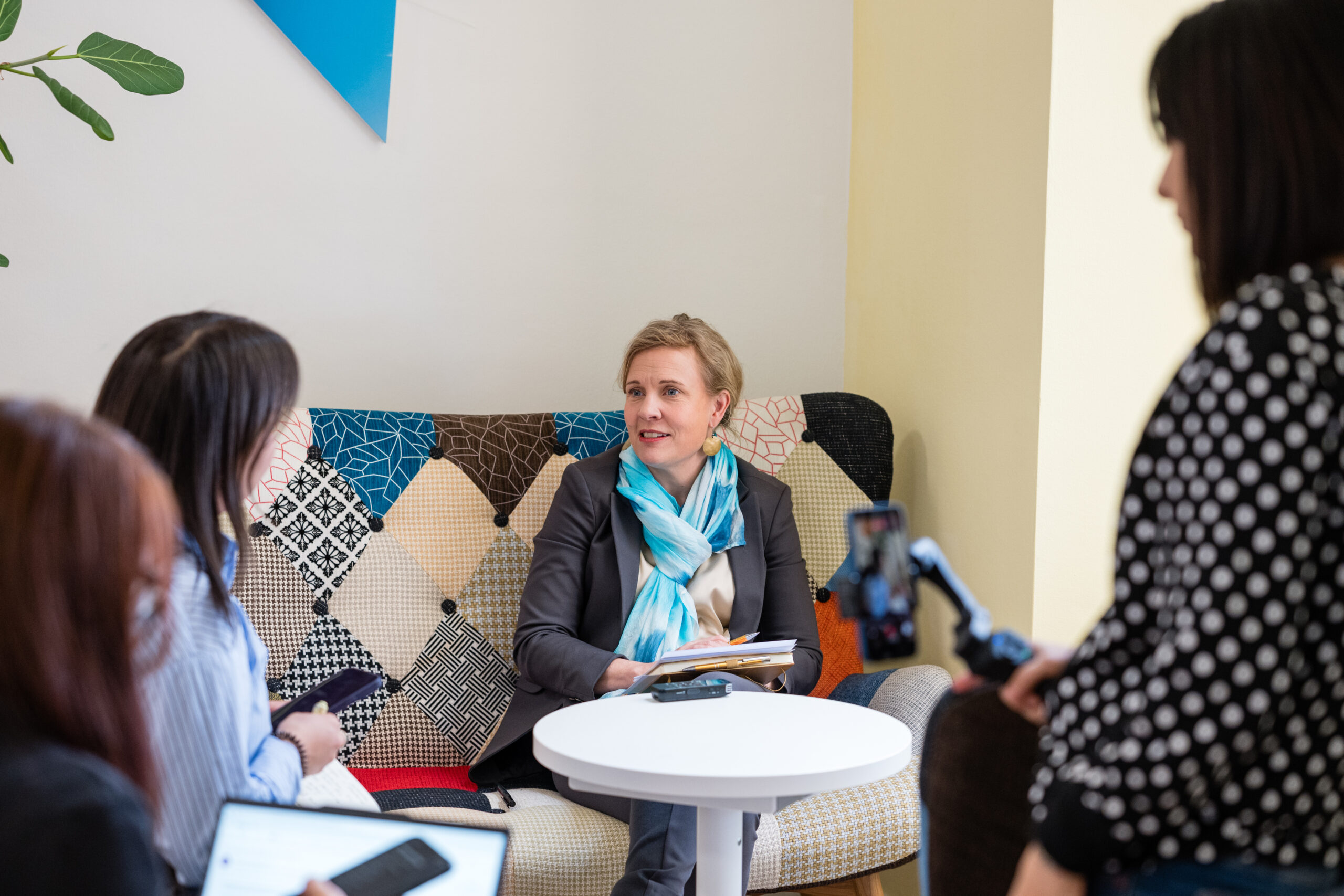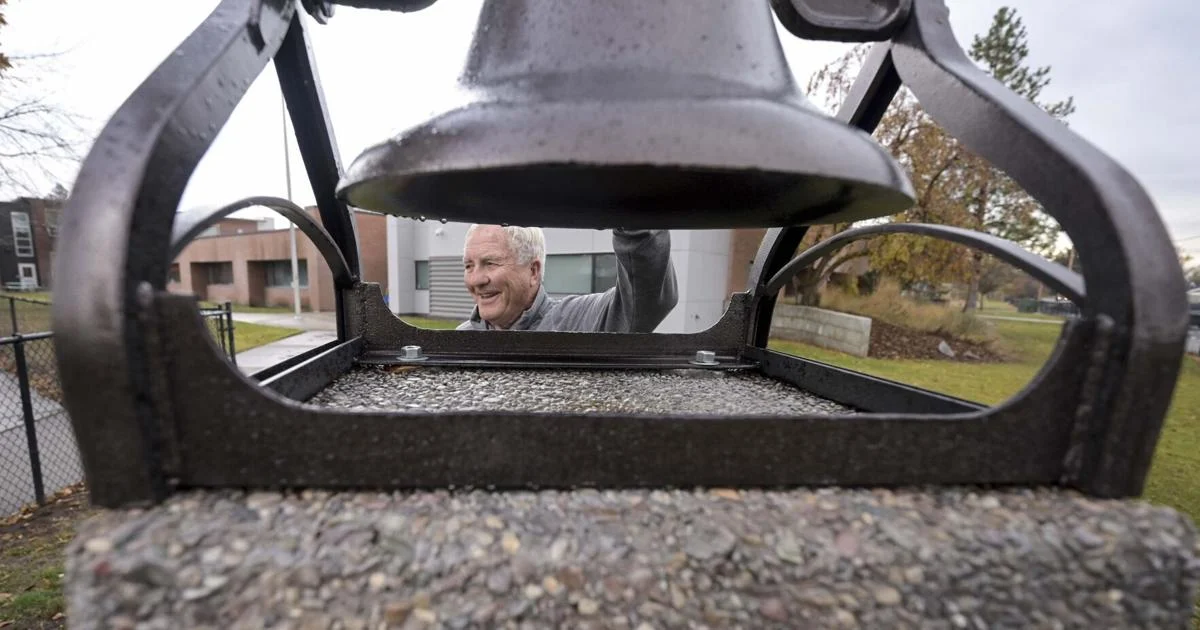Copyright astanatimes

TURIN – Pilvi Torsti, director of the European Training Foundation, sat down for an interview with The Astana Times on the sidelines of the fourth high-level group meeting of the European Union-funded DARYA program in Turin on Oct. 30-31. She discussed the program’s key deliverables and what lies ahead. ETF is a key EU agency that supports countries in reforming their education and training systems. One of the flagship projects is DARYA, which stands for Dialogue and Action for Resourceful Youth in Central Asia. This ten-million-euro program aims to boost inclusive skills development for young women and men across Central Asia, ensuring their skills align with evolving labour market demands. It focuses on two key objectives: strengthening the quality and accessibility of education, training, and employment systems across Central Asia, and promoting broad, participatory dialogue and cooperation at both national and regional levels. The program, launched in June 2022 and set to run until June 2027, forms part of the EU’s broader push to strengthen and modernize societies through its Global Gateway strategy. Key deliverables With the project’s support, Kazakhstan and Kyrgyzstan have rolled out new graduate and employer surveys to better align education and training with real job-market demands. Kazakhstan is extending its efforts to the housing management sector, while Kyrgyzstan will cover all 95 vocational schools. Officials say the data is already helping ministries adjust programmes and guide reform. Central Asian countries are also jointly designing occupational standards in tourism, construction, logistics, energy efficiency, and e-commerce. New qualifications, from software developers to energy specialists, are being created, and a regional pilot to recognise skills gained outside formal education is expected to launch in 2025. Competence-based teaching is spreading across Central Asia through the SCAFFOLD toolkit, now used by educators in all five countries. More than 5,000 teachers and trainers participated in dedicated workshops, while over 25,000 attended introductory sessions. After the first 15 schools and vocational education and training providers tested the team-based model in 2024, another 150 institutions are joining in 2025. The project also supports efforts to boost the Centers of Vocational Excellence as countries seek to build tighter links between vocational education and training schools and industry. Skills development in Central Asia Torsti explained that the ETF’s role combines policy advice, system monitoring, and foresight analysis. When asked what skills will define the future of the region, Torsti said it is important first to look at the demographic picture. “I think the starting point for the question is to start with the context of Central Asia, which is, of course, demographically, fundamentally different, for instance, from the European Union. I think it is really important that we look at those numbers,” she said. The latest data from the United Nations indicates that the region’s population nearly quintupled from 1950 to 2023, growing from 17.5 million to 80.8 million. Roughly a third of Central Asia’s population is young people under 14, compared with 25% globally, 23% in Asia, and 16% in Europe. Central Asia’s population is expected to keep expanding steadily, with the number of people of working age (15 to 64) rising from 50 million today to an estimated 71 million by 2050. This means more than 20 million additional men and women will enter the labour force over the next three decades. Torsti noted that Central Asia’s youthful population presents both a major challenge and a strategic opportunity. According to her, developing skills requires looking at both education systems and the broader skilling ecosystem. “Unless you also have a certain sort of basic competencies, core competencies, which come through the basic education system, the research shows us it is very difficult then to have a very specific skilling for a certain sector. You need to look at both, of course, at the same time,” she explained. Diversity is a similar trait Torsti said the European experience, aligning diverse national systems of 27 countries under shared frameworks, offers lessons for Central Asia. While the regions differ, the EU model shows how different systems can be inspired by common approaches while still adapting them to local realities. “If we look specifically at the vocational education and training landscape, there we have seen vocational excellence, for instance, as one of the prisms to look into. You can see in different countries with different systems, being able to actually embrace frameworks that are developed through the idea of excellence, which I think speaks very much to the context of Central Asia,” she said. Torsti also emphasized that one of the most appealing aspects of the European model is its commitment to balancing competitiveness with workers’ rights and social justice. “There is, of course, always this sort of debate between competitiveness and social justice. But Europe has shown over the past decades that you can definitely bring this into the same equation. And if you look at many European countries, which actually have had the best rankings in competitiveness, they typically have a very strong tripartite dialogue element in their system,” Torsti explained, highlighting it as a system where governments, employers, and workers jointly discuss social policies and wage issues, including collective bargaining. While the ETF does not directly work on social security architecture, she underscored that these systems are rooted in societal values. Strong labor protections, fair income distribution, and respect for people, she suggested, form the backbone of Europe’s approach to economic and social development. “If there is one word to take away, it is a certain set of values,” she said. 30 years of cooperation ETF has worked with Kazakhstan since 1995 in developing education and training to boost employability and increase access to opportunities, complementing the work of the European Commission and the EU’s External Action Service. “The evaluation that we have at ETF is that Kazakhstan has been very active in their education and training actions, generally speaking,” Torsti said, reflecting on the long-term cooperation with Kazakhstan. “One of the foundations of this long-term work was the qualification framework that was already adopted in 2012. It was inspired by the European Qualifications Framework and, in a way, serves as a model,” she said. According to her, this framework set a crucial baseline for reform efforts. She emphasized that Kazakhstan has since developed numerous tools and mechanisms, with the DARYA program further boosting cooperation in the past two years. This year also marks the 10th anniversary of the Enhanced Partnership and Cooperation Agreement between Kazakhstan and the EU, and education has been a central part of the bilateral ties. Looking ahead While the DARYA project has a five-year timeline, it builds on nearly three decades of cooperation that began in the 1990s. She highlighted the program’s ability to consolidate the ETF’s diverse expertise into one coherent framework. “DARYA manages to bring in the various types of experience and expertise of ETF into a sort of five-year packaging with different streams. You have an intensified work, as compared to before, thanks to DARYA, and hence, tools, policies have been developed with local partners,” she said. Torsti stressed the importance of involving all parts of the skills ecosystem, from teachers and administrators to social partners and employers. “All these are important if you want to have sustainable results, because they have their different roles to play in the equation. So I believe it also demonstrated to the different stakeholders that this is the way to structure policy work if you want long-term results. (…) But you also need enough time span. It doesn’t happen overnight,” she said. Looking ahead, she emphasized that skills must be embedded into larger geopolitical and economic cooperation frameworks, including the EU’s Global Gateway. “Unless you have the skills dimension by design from the beginning, you cannot work meaningfully with investment in key sectors,” she said. The EU’s 300 billion euro initiative identifies priority areas for cooperation, including digital connectivity, the green transition, critical raw materials, and transport, all of which are highly relevant to the region. “In particular, in the DARYA context, we have been looking at the transport and then the green transition,” she added.



